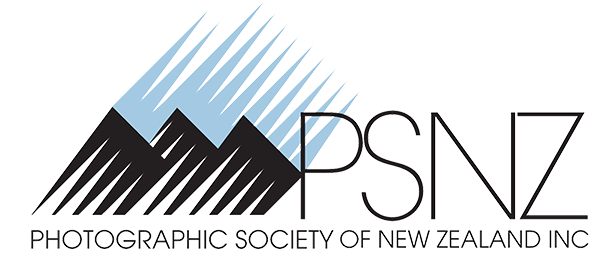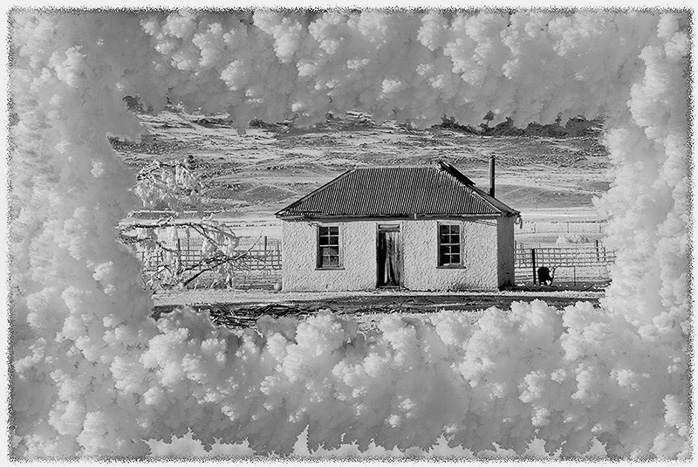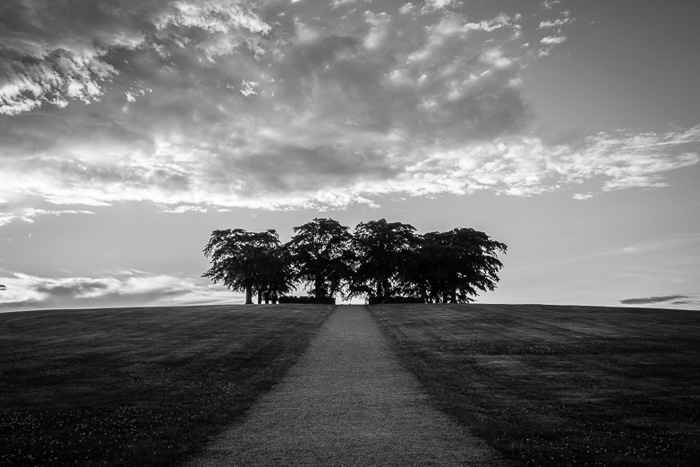Guidelines & Submissions
In order to achieve an honours distinction, members compile a portfolio or set of images of their own work which are reviewed and assessed by the PSNZ Honours Board.
The portfolio may be submitted in prints or digital images but not a combination of both. Many facets are considered for all distinction levels and it is expected that the applicant will have demonstrated high quality camera work, technical skill, visual awareness, communication, artistry and presentation appropriate to the genre and level being applied for.
Deciding to go for an honours distinction is a big step and one that quite often intimidates us. Before you start your journey we recommend that you read the "Guidelines - How to Apply for PSNZ Honours" carefully, talk to members of the Honours Board, attend Honours Board webinars and talk to fellow members who have already achieved success, to learn and understand what is involved and how you go about completing your submission. Submitting a set is not only a financial investment, but also one of dedication and time.
If you are a member of the PSNZ Facebook Group (closed group) you can post questions and/or ask for guidance. You can also contact the Honours Secretary directly by email at psnzhonours@gmail.com. Many members going for their honours will work with a mentor regardless of the level of distinction being attempted.


